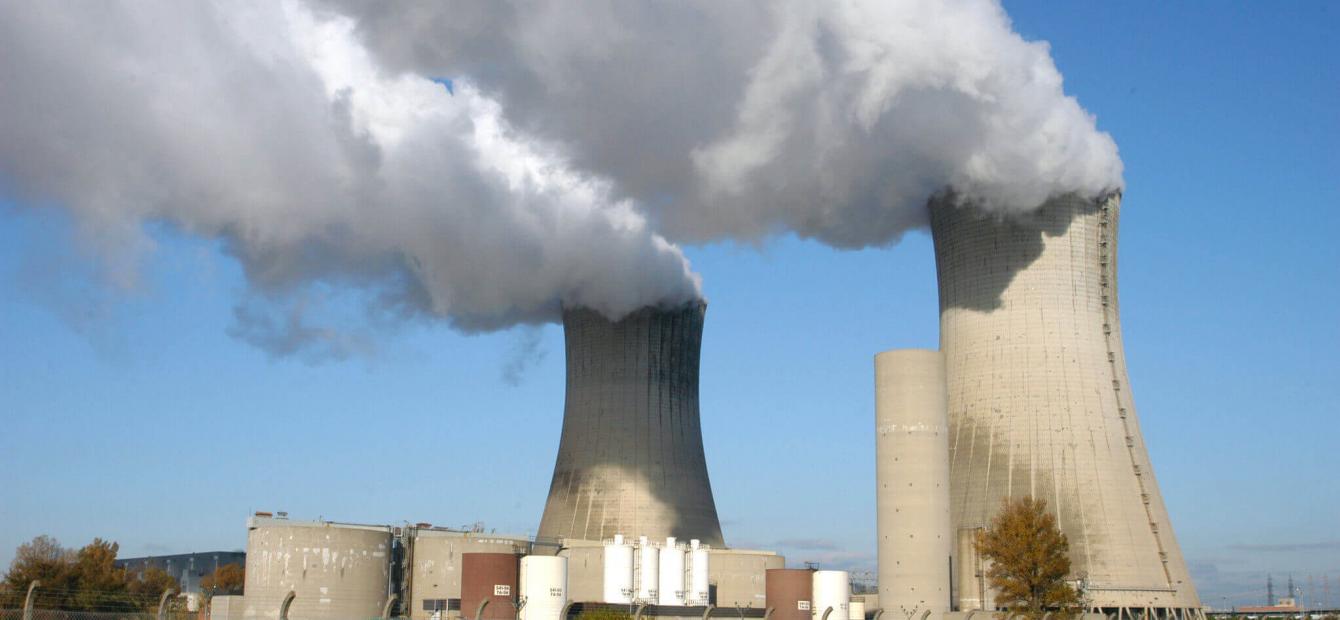
Going Nuclear? The long-term problem is political
Both Dutch and EU climate policy goals are ambitious with climate neutrality (“no greenhouse gasses”) by 2050 as the ultimate target. Is this goal achievable without nuclear energy? In this second contribution of the Clingendael Spectator series on the future of Dutch nuclear energy, Michal Onderco and Darren McCauley discuss the political implications of nuclear energy in a ‘Green Recovery’.
Our dependence on electricity for day-to-day life has never been so evident as during the recent waves of lockdowns across the world. As societies retreated into the household, electricity has been at the heart of both work and play. Medical facilities on the frontline continue to be propped up by our energy supply networks.
In a way, what we have experienced during the COVID-19 pandemic is just a taste of the things to come. As Pieter Boot argued in the first publication of this series, it is expected that the demand for electricity will increase sharply in the Netherlands (and elsewhere) in the coming years.1 Reflections on the future of energy have never been so poignant.
In both professional and personal settings, our collective demand for low carbon resilient sources of electricity in response to the climate crisis is at an all-time high. And yet, the debate continues to be dominated by coal or wind – the two extremes of the debate. Nuclear energy lies in the background.
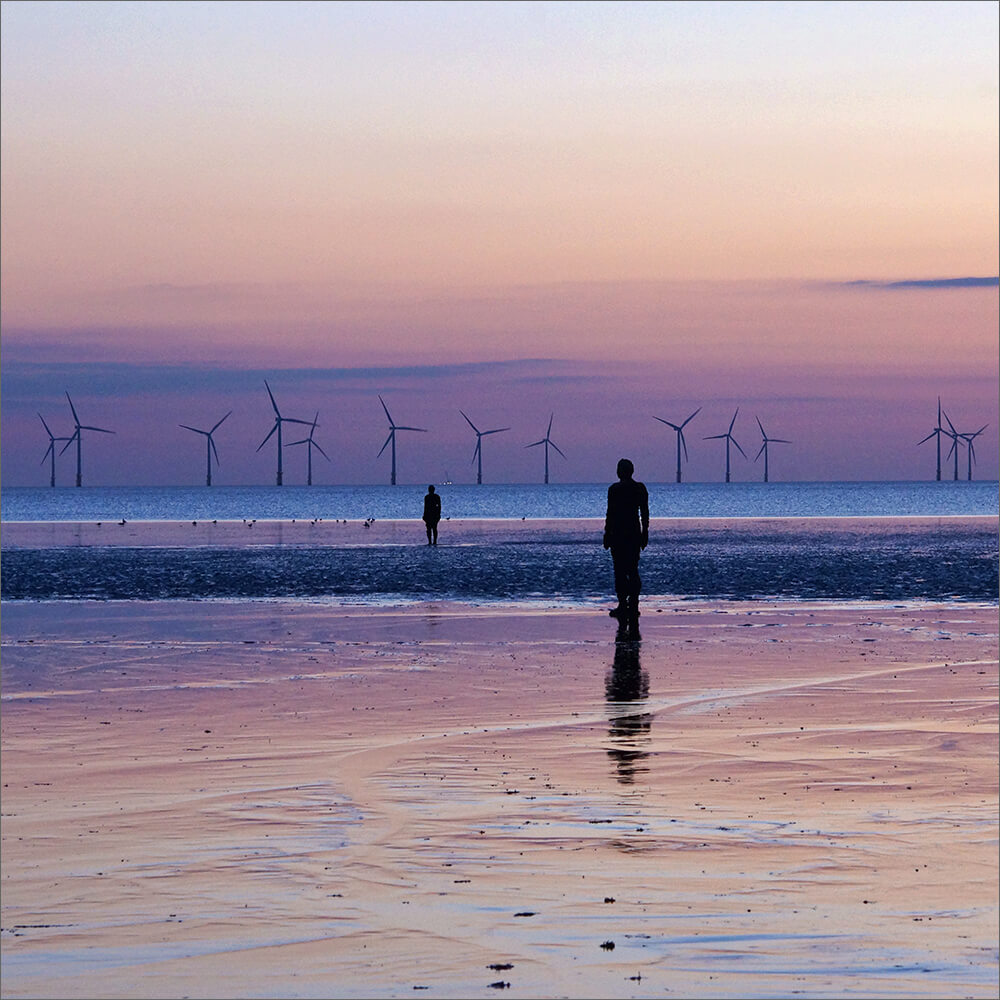
As Boot suggested, there are significant downsides related to wind energy, mainly to the required space, and the risks associated with putting all of the energy eggs in the same basket. Michael Shellenberger highlights the same risks in his upcoming contribution to this series. The International Energy Agency (IEA) commented last summer that nuclear energy remains the most substantive low carbon source of electricity in both Europe and North America.2
So, a logical answer is to expand the use of nuclear energy? The IEA argues yes. It calls for urgent policy attention across the world to fund a new wave of nuclear investment. According to Shellenberger in his forthcoming piece, nuclear energy has also geopolitical benefits and can foster the Dutch position on the European energy map. A similar line of reasoning is applied by the Dutch government, which has recently announced plans to fund a new wave of nuclear electricity.3
As countries explore alternatives to fossil fuel, nuclear energy is the leading option to decarbonise the future
But we argue that the answer is not as straightforward. Think again. Economic and technical arguments are plentiful.4
Nevertheless, the long-term problem – that is too often dismissed – is more political. We introduce some (not all) insights into what type of political concerns remain today, and in the near future.
A green COVID-19 recovery in an era of local public resistance to nuclear power
Earlier this year, the Organisation for Economic Cooperation and Development (OECD) released a report promoting the COVID-19 recovery as an opportunity for phasing out fossil fuel use.5
As the OECD argues, 2019 was the year when the support for the production of fossil fuels actually increased by 39 per cent.
As countries explore alternatives to fossil fuel, nuclear energy is the leading option to decarbonise the future.6 Last year, The Wall Street Journal even went so far as to publish an essay with the immodest title ‘Only Nuclear Energy Can Save the Planet’.7
At a national level, the main problems are related to the enormous costs of building nuclear power plants
Yet, the use of nuclear energy for electricity generation is a political minefield at every level. Beyond technological problems, it is politics that is the biggest obstacle to the more widespread adoption of nuclear energy.
At a national level, the main problems are related to the enormous costs of building nuclear power plants. As Boot observed in his recent contribution to this series, the costs of building a nuclear power plant are enormous and governments must become involved to realise the construction. This can be done in various ways, but at the end of the day, substantive investment from the public coffer is required.
This requires a broader societal agreement that such an investment is worth the while. If the Dutch government does not plan to issue new subsidies for renewable energy after 2025, irrespective of any major changes regarding the financing of energy, the generation of nuclear power becomes financially unfeasible in the Netherlands. But that is only the beginning of the story.
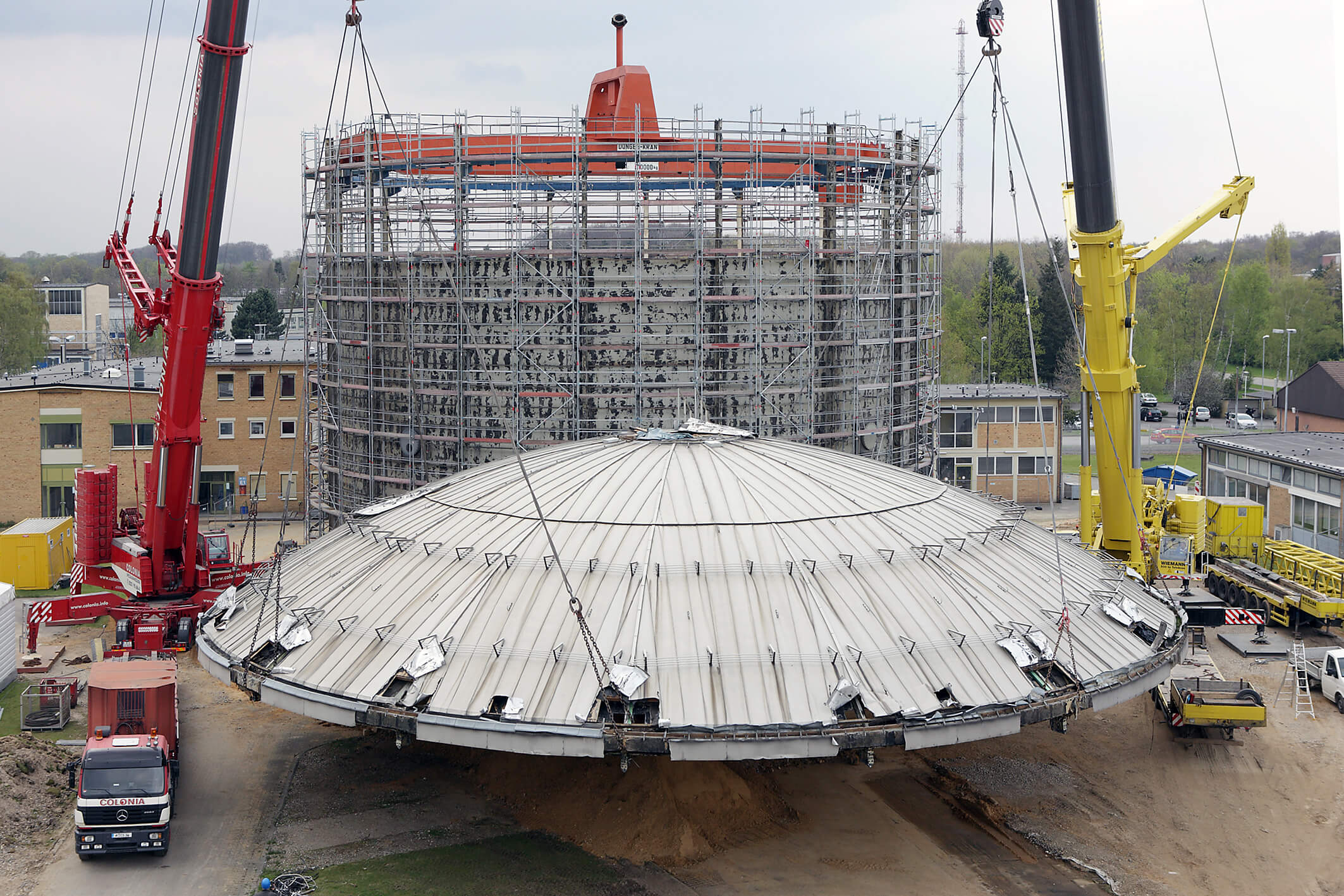
At a local level, the obvious problems lie in the popular resistance to nuclear energy. After the meltdown of the nuclear power plant in Fukushima (Japan) in 2011, Germany decided to phase out nuclear energy on safety grounds. However, how an earthquake and tsunami can be repeated in the German hinterland remains unanswered.
Long-term fuel storage will create commitments (and costs) for hundreds of years
Other European countries, such as Austria, are known as long-standing opponents of nuclear energy due to strong concerns from civil society, often leading to conflicts with neighbouring countries – whether it be the Czech Republic or Slovakia.
The (old and new) politics of waste
Beyond the production of electricity, the use of nuclear energy also creates problems related to the storage of spent nuclear fuel and waste, which brings an additional layer of complexity to the question. For long-term storage of nuclear fuel, the geological qualities of locations are most important. These locations must fulfil demanding criteria. There are only a few places which fulfil these criteria.
Furthermore, long-term fuel storage will create commitments (and costs) for hundreds of years. It is easy to imagine how nuclear waste storage can turn into a political nightmare. For instance, one can look at the options in Belgium where the neighbouring Luxembourg quickly protested against storage too close to the border between the two countries. Another example is the United States, where nuclear storage facilities are planned on indigenous lands.
A new politics of waste is emerging – the power plants themselves. As the IEA demands an urgent new investment round in ageing nuclear sites, what are we to do with the old ones? The British newspaper The Independent very recently ran a story about one such site, Douneray, in the north of Scotland.8
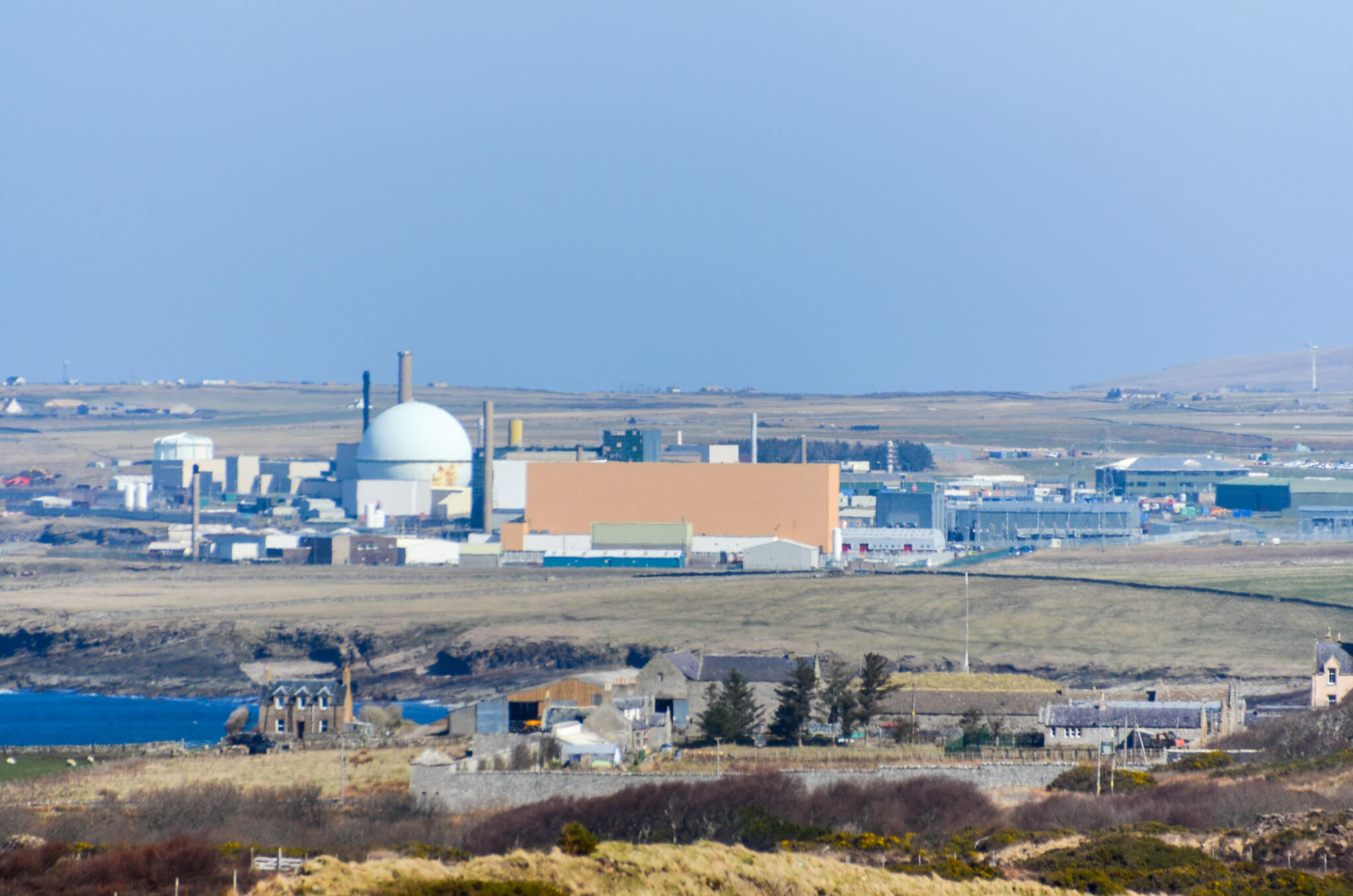
The nuclear power facility first opened in 1955 and ceased operations in 1994. And yet, local campaign groups have never been as active. Why? As a 2020 report by the Nuclear Decommissioning Authority puts it, the Douneray site will be ready for other purposes in the year 2333.9
As old sites come to an end, new politics of decommissioning begin.
Nuclear national regulatory regimes and their politics
The use of nuclear energy for electricity production creates the need for a regulatory framework, which is often absent. This is particularly the case in developing countries. In Africa, for example, the potential for electricity generation from nuclear energy hit the hard wall of regulatory capabilities in numerous countries.
Projects such as Atoms for Development at the South African Institute for International Affairs10 and organisations such as the African Commission on Nuclear Energy11 aim at promoting the use of nuclear energy as well as development of a responsible regulatory framework.
The discussion about the peaceful use of nuclear energy comes at the very heart of the ongoing disputes in the global non-proliferation regime
The lack of a regulatory framework often goes hand in hand with the lack of nuclear energy, because it is difficult for these countries to expand their use of nuclear energy if their regulatory framework is not ready. However, they see often little reason to bring it up to the scratch exactly because they have too few nuclear activities.
In the early 1990s, the former Director General of the International Atomic Energy Agency, Hans Blix, tasked the external relations department, for example, to help countries in the Caribbean with acceding to the relevant international agreements.12
Inescapable connections to the international politics of security
The discussion about the peaceful use of nuclear energy comes at the very heart of the ongoing disputes in the global non-proliferation regime. Because peaceful uses of nuclear energy (like the generation of electricity) can, down the road, lead to military uses of nuclear energy, an elaborate system of export controls and a non-proliferation regime has been developed.13
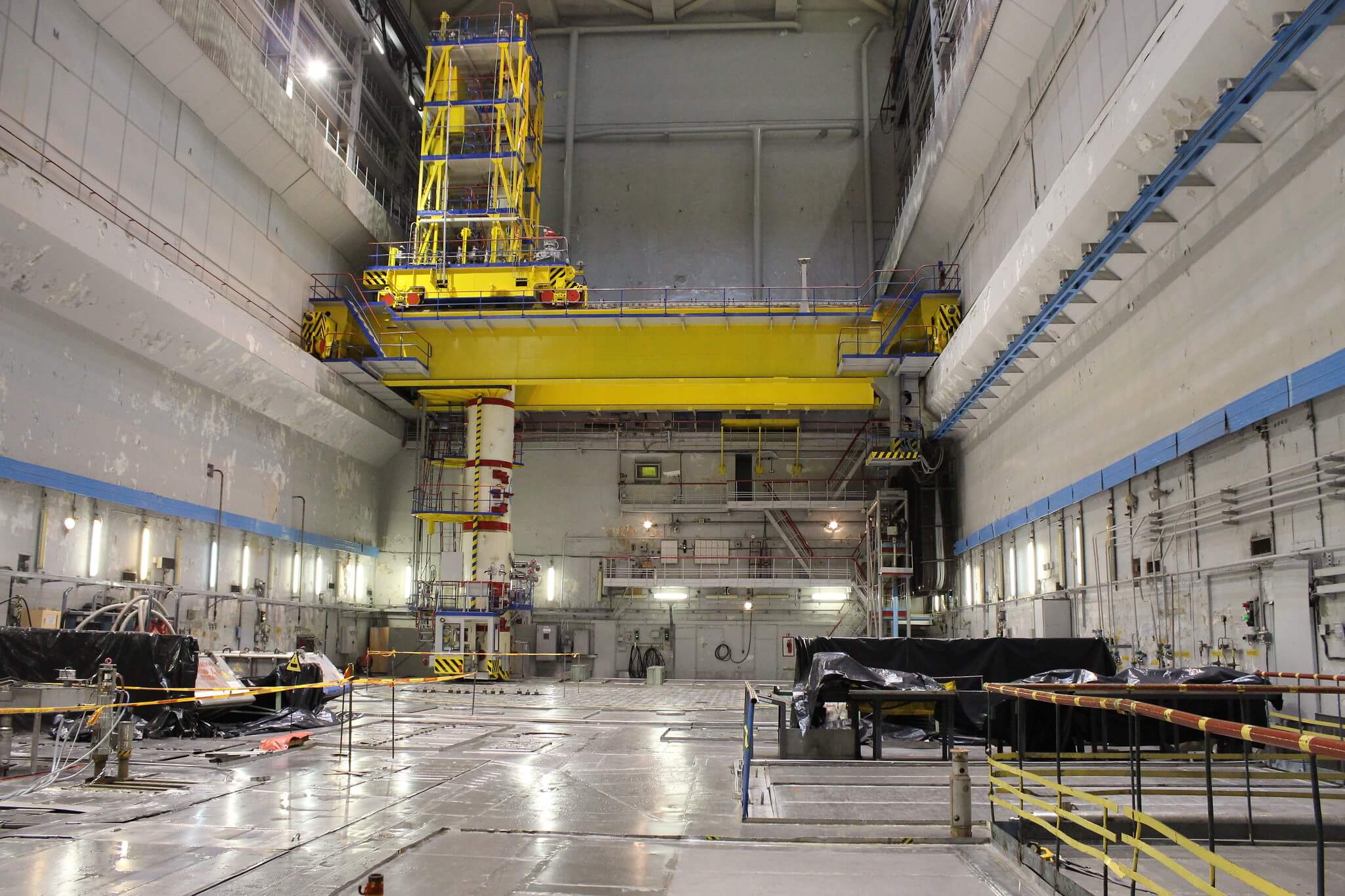
Obviously, those who benefited from this system are primarily the suppliers of nuclear technology who happen to be – surprise, surprise – states possessing nuclear weapons and their allies.14 Numerous countries from the Global South have accepted the prohibition of the development of nuclear weapons. At the same time, however, these countries reject the legitimacy of the elaborate international framework of regulations to stem the proliferation of nuclear weapons.
The most advanced legal framework in place – the Additional Protocol to the safeguard agreements of the International Atomic Energy Agency – is widely contested by countries as broad as Iran, Brazil or Venezuela.15 The contestation does not make discussions within the global non-proliferation regime any easier.
The mistakes we make today, and the ones we made yesterday, will remain with us for a very long time
So where does this all lead us to? We argue that the stakeholders, including the Dutch government, need to think twice before buying into a nuclear renaissance.
Firstly, the mistakes we make today, and the ones we made yesterday, will remain with us for a very long time. It is not just economically or technically questionable. It is even geologically questionable. When geologists declared that we are in a new geological era, one factor defines it – nuclear.16 We are in the ‘atomic Anthropocene’ epoch.17 We cannot afford to go further in this nuclear experiment on global societies.
Secondly, it is not just the geological imprint, technology and waste that endures – it is also the politics. The construction of a nuclear power plant captures the imagination, and the public. But this is a very small fragment of a much larger picture. Regardless of whether we pursue the IEA-line of renewing in nuclear, political questions on the issue will not only persist, but will define its future.
- 1Pieter Boot, ‘The Netherlands needs a serious discussion on nuclear energy’, Clingendael Spectator, 20 January 2021.
- 2Laszlo Varro & Peter Frase, ‘The Covid-19 crisis is undermining nuclear power’s important role in clean energy transitions’, International Energy Agency, 12 June 2020.
- 3Rijksoverheid, ‘Kernenergie als optie voor energiemix’, 23 September 2020.
- 4Debating Europe, ‘Arguments for and against nuclear power’.
- 5Organisation for Economic Cooperation and Development, ‘Governments should use Covid-19 recovery efforts as an opportunity to phase out support for fossil fuels, say OECD and IEA’, 5 June 2020.
- 6Richard Rhoded, ‘Why nuclear power must be part of the energy solution’, 19 July 2018.
- 7Joshua S. Goldstein & Staffan A. Qvist, ‘Only Nuclear Energy Can Save the Planet’, The Wall Street Journal, 11 January 2019.
- 8Harry Cockburn, ‘Nuclear power facility in Scotland will not be safe for other uses until the year 2333, report finds’, 20 August 2020.
- 9Nuclear Decommissioning Authority, ‘Draft Strategy’, August 2020.
- 10South African Institute for International Affairs, ‘Atoms for Development’.
- 11‘The African Commission on Nuclear Energy’.
- 12Wilson Center, ‘Oral History Interview With Hans Blix’, 14 December 2016.
- 13Albert Wohlstetter, ‘Spreading the Bomb without Quite Breaking the Rules’, JSTOR, 1976, pp. 88-179.
- 14Eliza Gheorghe, ‘Proliferation and the Logic of the Nuclear Market’, International Security, 2009, pp. 88-127.
- 15International Atomic Energy Agency, ‘IAEA Safeguards Overview’.
- 16Will de Freitas, ‘An official welcome to the Anthropocene epoch – but who gets to decide it’s here?’, 30 August 2020.
- 17Becky Alexis-Martin, ‘The Anthropocene is a nuclear epoch – so how can we survive it?’, 8 December 2016.







0 Reacties
Reactie toevoegen